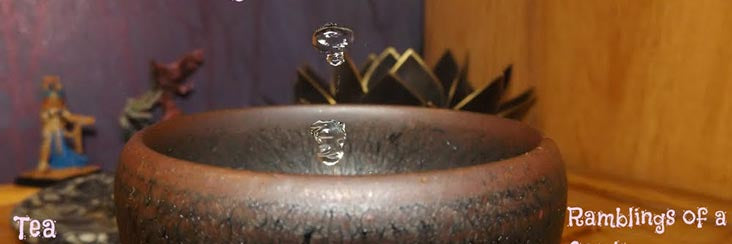News
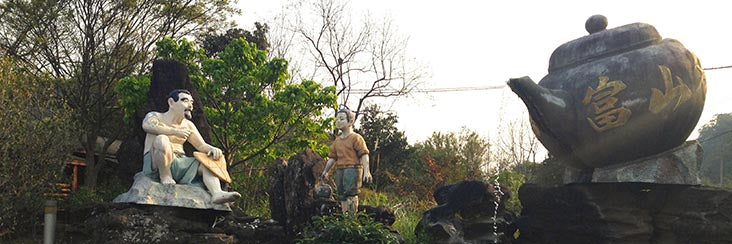
The Quest for Oriental Beauty
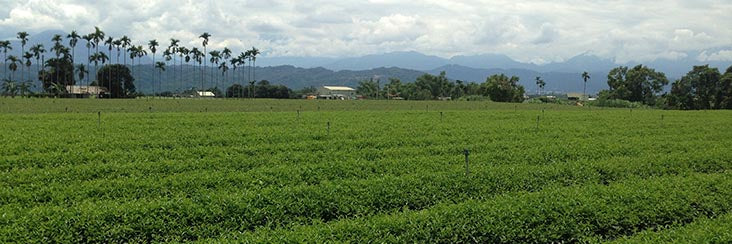
Jin Xuan Oolong: Naturally Buttery Tea
This spring crop has the classic buttery notes of a Jin Xuan Oolong with underlying sweet vegetal and woody qualities. The flavor is buttery, nutty, and savory - balanced by the smooth astringent "original Oolong" qualities that offer a clean, fragrant finish.
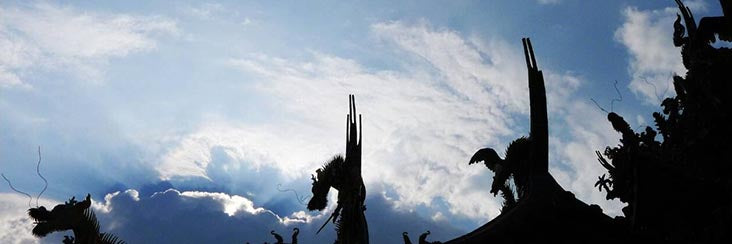
Returning From Heaven: Phoenix Mountain Offerings
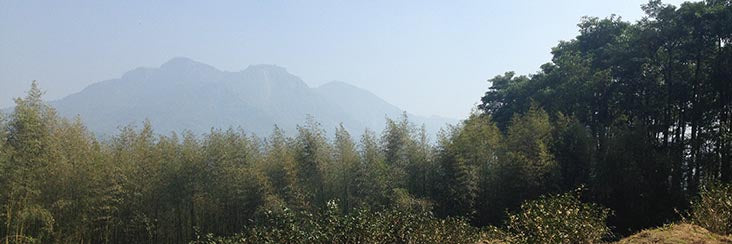
New Year's Blessings On The Newly Planted Garden
We took this photo on New Year's Day last week, when we visited this newly planted garden that will be harvested for the first time this spring.
This farmer first showed us how Dong Ding Oolong Tea was made about 18 years ago.
We plan to procure tea from this new young crop that is surrounded by forest and cultivated sustainably.

Tea Story #4: Organic High Mountain Oolong, Spring 2013
When Andy, Eco-Cha's tea sourcer, first visited this farm three years ago, it was like a dream come true.
He had just recently become specifically committed to exploring and supporting sustainable practice in the tea industry in Taiwan, and this farm exceeded his expectations. As he was given an extensive tour of the tea plantation by its owner who developed it on his own, he literally had to hold back his emotions so as not to alarm his host.
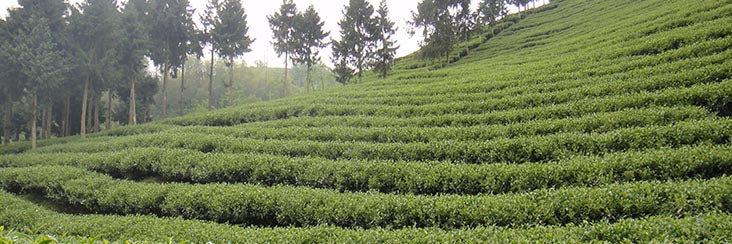
Hand Picked Tea: Should There be Stems in Tea Leaves?
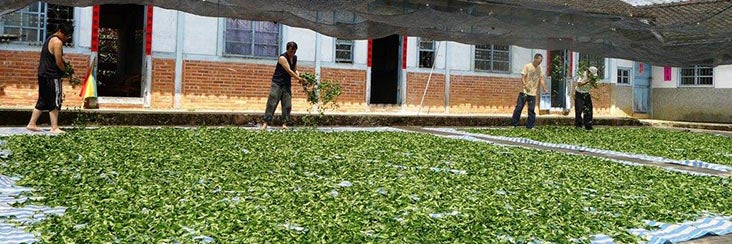
Tea Story #3: Traditional Dong Ding Oolong Tea, Spring 2013
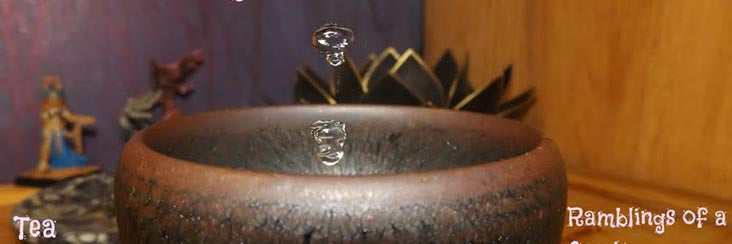
Review: Organic High Mountain Oolong Tea review by Amanda Wilson
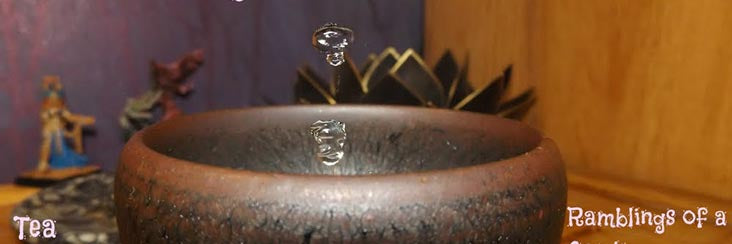
Review: Jin Xuan Oolong Tea review by My Thoughts Are Like Butterflies
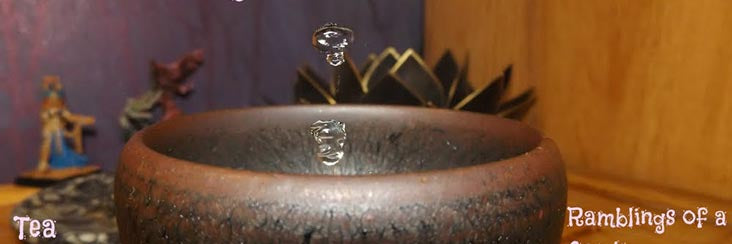
Review: Tsui Yu Jade Oolong review by My Thoughts Are Like Butterflies
